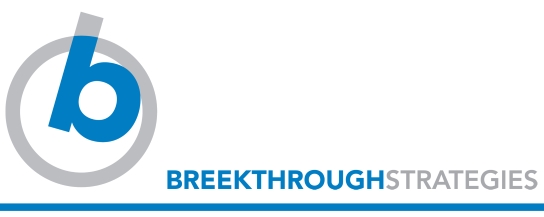WHAT LEADERS NEED TO KNOW ABOUT GENDER BIAS
Do Women Lead Differently?

In Oct 2012, our then Prime Minister, Julia Gillard, made her now famous “misogyny” speech, where she quoted Tony Abbott’s opening: “What if men are, by physiology and temperament, are more adapted to exercise authority or to issue commands (than women)?”
Are women really up to the challenge of leadership? And if so, why do women continue to be under-represented in senior levels? The answer is, despite a range of obstacles, including unconscious bias and stereotyping, women certainly are up to the challenge!
Let’s look at some of the research around unconscious biases that continue to disadvantage women. A meta-analysis of the employment prospects of fictitious job applicants shows that overall, men are rated more favourably than identically experienced women for “male” jobs. In one 2007 study, over 100 university psychologists were asked to rate the CVs of Dr. Karen Miller or Dr. Brian Miller, fictitious applicants for an academic tenure-track job. The CVs were identical, apart from the name. Yet, strangely, the male Dr. Miller was perceived (by both male and female reviewers) to have better research, teaching and service experience than the female Dr. Miller. Overall, about three quarters of the psychologists thought Dr. Brian was hireable, while under half had the same confidence in Dr. Karen.
Also in 2007, Shelley Correll of Stanford found that when applicants were evaluated for a job, the assessors viewed what it takes to be successful differently depending on whether the applicant was male or female. For instance, toughness was considered more important than social skills when they evaluated male applicants, and vice versa for female applicants. They also found that stereotyping may be particularly strong against mothers. In a study of applications for a position as head of a marketing department applicants who identified themselves as mothers were rated about 10 percent less competent, 15 percent less committed to the workplace, and worthy of $11,000 less salary than women applicants who were non-mothers. Yet parenthood served as no disadvantage at all to men.
A stereotype threat is that of being judged or treated poorly in settings where a negative stereotype about your group applies. Take, for example, the stereotypical belief that women are inferior to men in maths ability. A study by Good (Good et al, 2008) found that if women and men were asked to complete a maths test on the understanding that it would measure their maths ability, women performed more poorly than men. However when women and men were told prior to completing the test that despite significant testing, no gender differences were found in the results of these tests, women actually outperformed men on the maths test. In other words, the way a test is presented significantly changed the outcome – women’s ability was suppressed when the test was presented in a way that played to the gender bias, but when the same test was presented to women as being equally hard for both sexes, it seemed to unleash their potential!
The lack of role models at the top is also a factor that creates a barrier to women reaching the top, and, to remain with maths as our example, research shows that the presence of a woman who excels in maths serves to alleviate that particular stereotype threat.
However, the problem of few female role models at the top is far deeper than not being good at maths. As women become increasingly outnumbered by men they will progressively lose one very effective protection against stereotyping – safety in numbers, with other women as role models to aspire to. They lose their sense of belonging.
So can women truly succeed in male-dominated environments given the obstacles of stereotyping, unconscious bias, and their minority status at the top?
In a recent study by Zenger and Folkman of over 7,000 ‘leaders’, women were rated higher than the men for every leadership competency except one, and scored significantly higher on twelve of these factors. Interestingly, the higher the level (of the leaders), the wider that gap grows.
The stereotypically female ‘nurturing’ competencies such as building relationships, promoting and engaging in self-development or professional development, and exhibiting integrity, unsurprisingly, were scored more highly for the women than the men, so supporting the stereotype. But interestingly, the women also scored higher in two stereotypically male traits – ‘taking initiative’ and ‘driving for results’.
Finally, in a 2010 study by Accenture of over 500 senior executives from medium to large companies around the world, leaders viewed women as being slightly more resilient than men, indicating a likelihood of choosing or retaining a female over a male if all other things were equal.
Many women have impressive leadership skills. However, women still need to work harder than men to prove themselves if working in male-dominated domains of the business world.
Progress will be made when organisations move beyond merely ‘accommodating’ diversity in teams, to assimilating diverse thinking in everything they and their people do. This requires openness in leaders to continually confront their own biases, to challenge and test the organisation’s assumptions, and to actively seek out different views.
